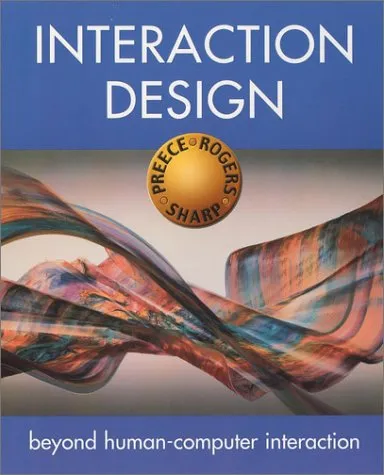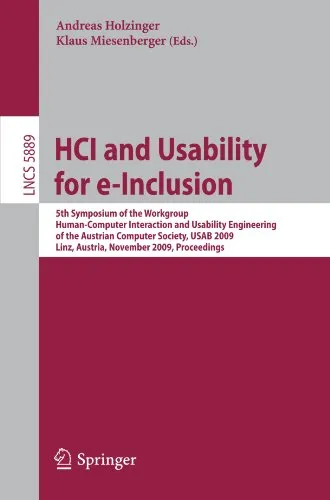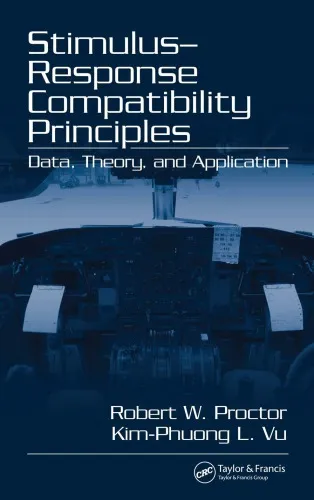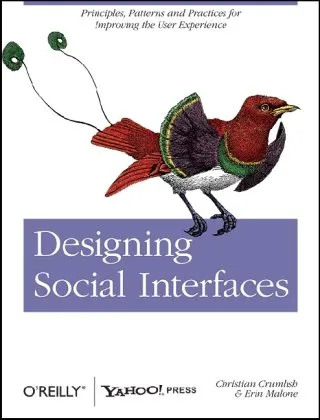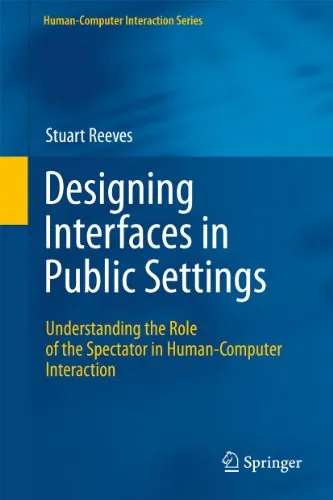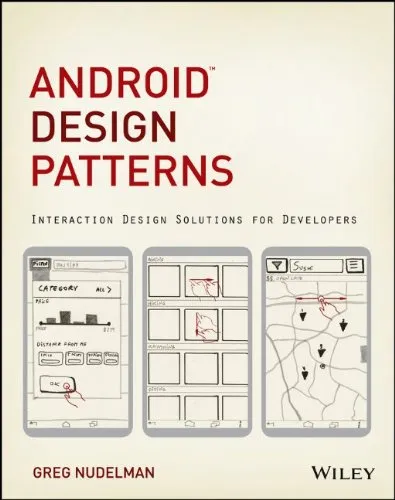Interaction design: beyond human-computer interaction
4.5
Reviews from our users

You Can Ask your questions from this book's AI after Login
Each download or ask from book AI costs 2 points. To earn more free points, please visit the Points Guide Page and complete some valuable actions.Related Refrences:
Welcome to a comprehensive guide into the fascinating world of "Interaction Design: Beyond Human-Computer Interaction." This book, authored by Jenny Preece, Yvonne Rogers, and Helen Sharp, offers an in-depth exploration of the principles and practices that shape the field of interaction design. As technology continues to evolve, understanding the nuanced relationship between humans and computers becomes ever more critical. This introduction aims to provide insight into the book's core themes and its significance in the rapidly changing landscape of interaction design.
Detailed Summary of the Book
Our book delves into the essence of interaction design, which revolves around creating engaging interfaces and systems that facilitate human interaction with computers. By exploring theoretical concepts alongside practical applications, we bridge the gap between digital environments and user experiences. The narrative unfolds to address key areas such as cognitive and emotional responses of users, design processes, usability, and evaluation methods.
Structured around the lifecycle of interactive systems, the book guides readers from understanding users' needs to designing prototypes, implementing solutions, and conducting evaluations. It combines insights from various disciplines, such as cognitive psychology, social sciences, and computer science, to create an interdisciplinary approach to effective design strategies. Each topic is addressed with a balance of academic rigor and accessibility, ensuring the content is valuable for both students and practitioners in the field.
Key Takeaways
- User-Centered Design: Emphasizes the importance of prioritizing users’ needs and preferences throughout the design process.
- Prototyping and Iteration: Encourages an iterative approach, promoting rapid prototyping and user feedback to refine interfaces effectively.
- Usability Evaluation: Provides tools and methods for evaluating the effectiveness and efficiency of interactive systems.
- Ethical Considerations: Highlights the ethical responsibilities of designers to create inclusive and accessible interfaces.
Famous Quotes from the Book
"Good design is about creating a seamless experience for the user, where the technology fades into the background, enabling the task at hand."
"Design is not just about making things look good; it's about making them work well for the people who use them."
Why This Book Matters
The significance of this book lies in its comprehensive approach to interaction design, making it an essential resource for anyone interested in understanding and shaping digital experiences. We provide readers with a robust framework that combines theory and practice, enabling them to design with both creativity and precision. As the digital world becomes increasingly integrated into everyday life, the ability to craft intuitive, user-friendly interfaces has never been more important. This book equips readers with the knowledge and skills necessary to navigate and influence the future of human-computer interaction.
Furthermore, "Interaction Design: Beyond Human-Computer Interaction" serves as a pivotal educational resource within academic programs worldwide. By fostering an interdisciplinary mindset, it prepares students to tackle real-world challenges with innovative solutions. The emphasis on ethical considerations also ensures that future designers are equipped to create technology that is not only efficient but also responsible and inclusive, contributing positively to society.
Free Direct Download
You Can Download this book after Login
Accessing books through legal platforms and public libraries not only supports the rights of authors and publishers but also contributes to the sustainability of reading culture. Before downloading, please take a moment to consider these options.
Find this book on other platforms:
WorldCat helps you find books in libraries worldwide.
See ratings, reviews, and discussions on Goodreads.
Find and buy rare or used books on AbeBooks.
1407
بازدید4.5
امتیاز0
نظر98%
رضایتReviews:
4.5
Based on 0 users review
Questions & Answers
Ask questions about this book or help others by answering
No questions yet. Be the first to ask!
